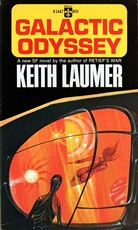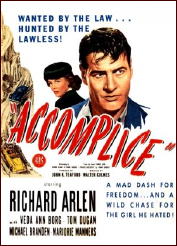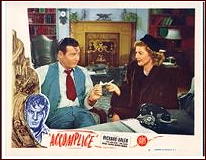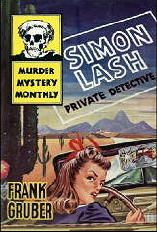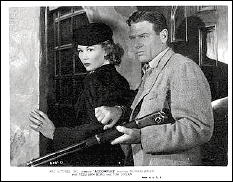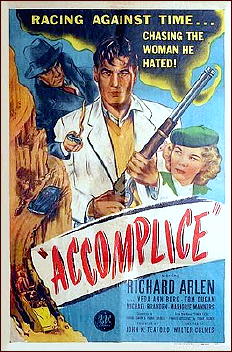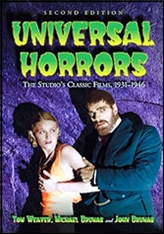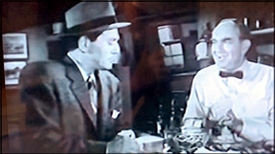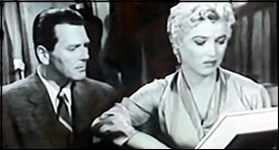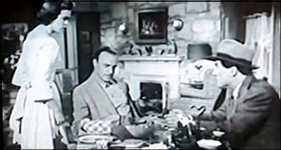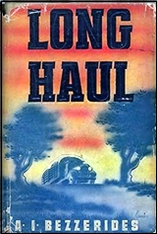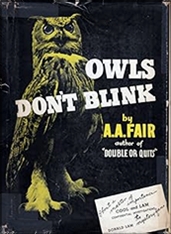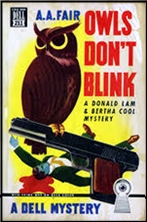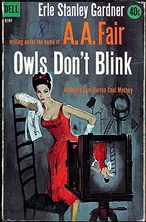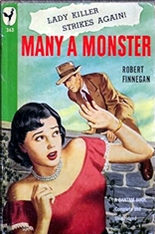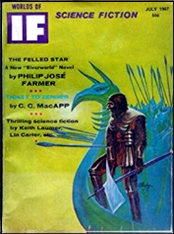Tue 4 Jun 2024
A PI Review by Tony Baer: BART SPICER – The Golden Door.
Posted by Steve under Bibliographies, Lists & Checklists , Characters , Reviews[2] Comments
BART SPICER – The Golden Door. Carney Wilde #3. Dodd Mead, hardcover, 1951. Bantam #975, paperback, 1952.
“The Golden Door” are the last three words on the Statue of Liberty:
“Send these, the homeless, tempest-tost to me,
I lift my lamp beside the golden door!”
Carney Wilde has been able to sustain his private eye business through a retainer as security detail for the fancy Jonas Department Store in downtown Philadelphia. It’s been a pretty cushy gig — but lately it seems like there’s some insider theft going on. So Wilde has to earn his keep.
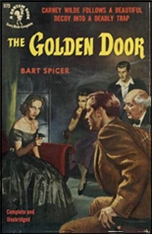
While working on the case, the son of the Jonas Department Store mogul asks for help with an ‘unrelated issue’. The so-called unrelated issue has to do with stolen files from his non-profit agency “Future Americans”. “Future Americans” helps displaced eastern European Jewish survivors of WWII immigrate to the U.S., frequently by promising jobs with the Jonas Department Store. The missing files contain sensitive personal information of prospective immigrants.
Of course, if you’ve read any detective stories before you know there’s no such thing as an unrelated case.
The store thief ends up dead, and he’s not the only one. Turns out some of the “Future Americans” think the ‘golden door’ ought to be melted down and cashed in. And that’s pretty much just what they try to do.
Carney Wilde is a terrific hardboiled detective and Bart Spicer exercises great narrative control. Despite seeming coincidences tying everything together, I never doubted the credibility of the story. No plodder, he’s a skillful plotter. Everything fits; you get a satisfying denouement.
So I’ll say it again. I have no idea why the Carney Wilde books are out of print. They’re exciting vintage hardboiled detective novels. Some of the best I’ve read by anyone not named Chandler or Hammett.
The Carney Wilde series —
The Dark Light (1949)
Blues For the Prince (1950)
The Golden Door (1951)
Black Sheep, Run (1951)
The Long Green (1952)
The Taming of Carney Wilde (1954)
Exit, Running (1959)
